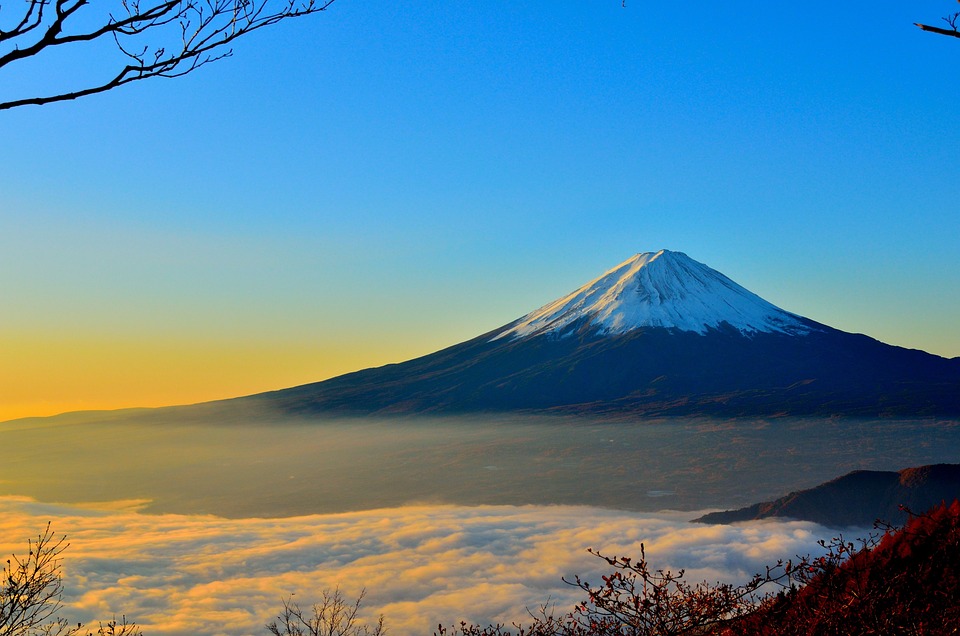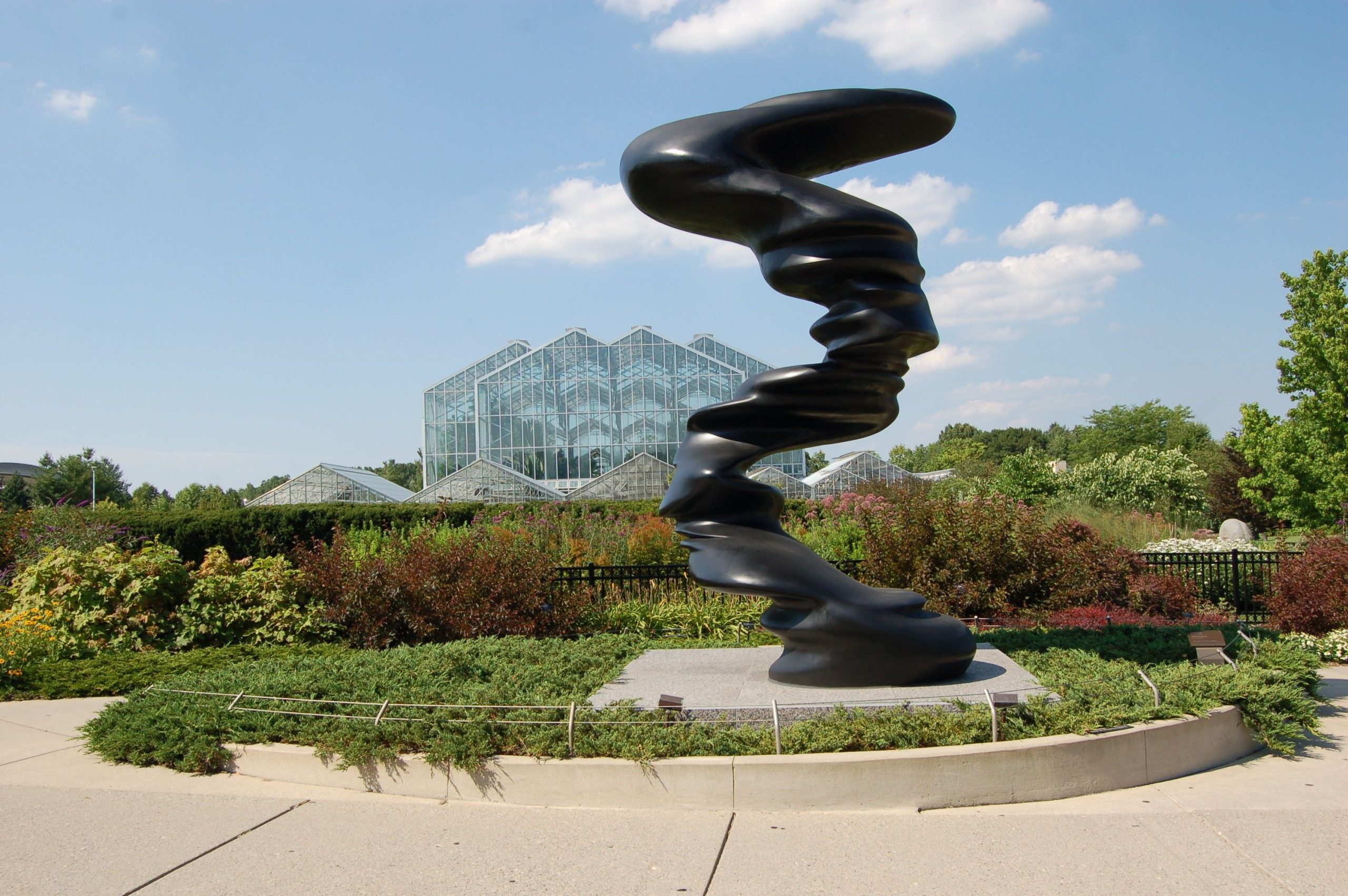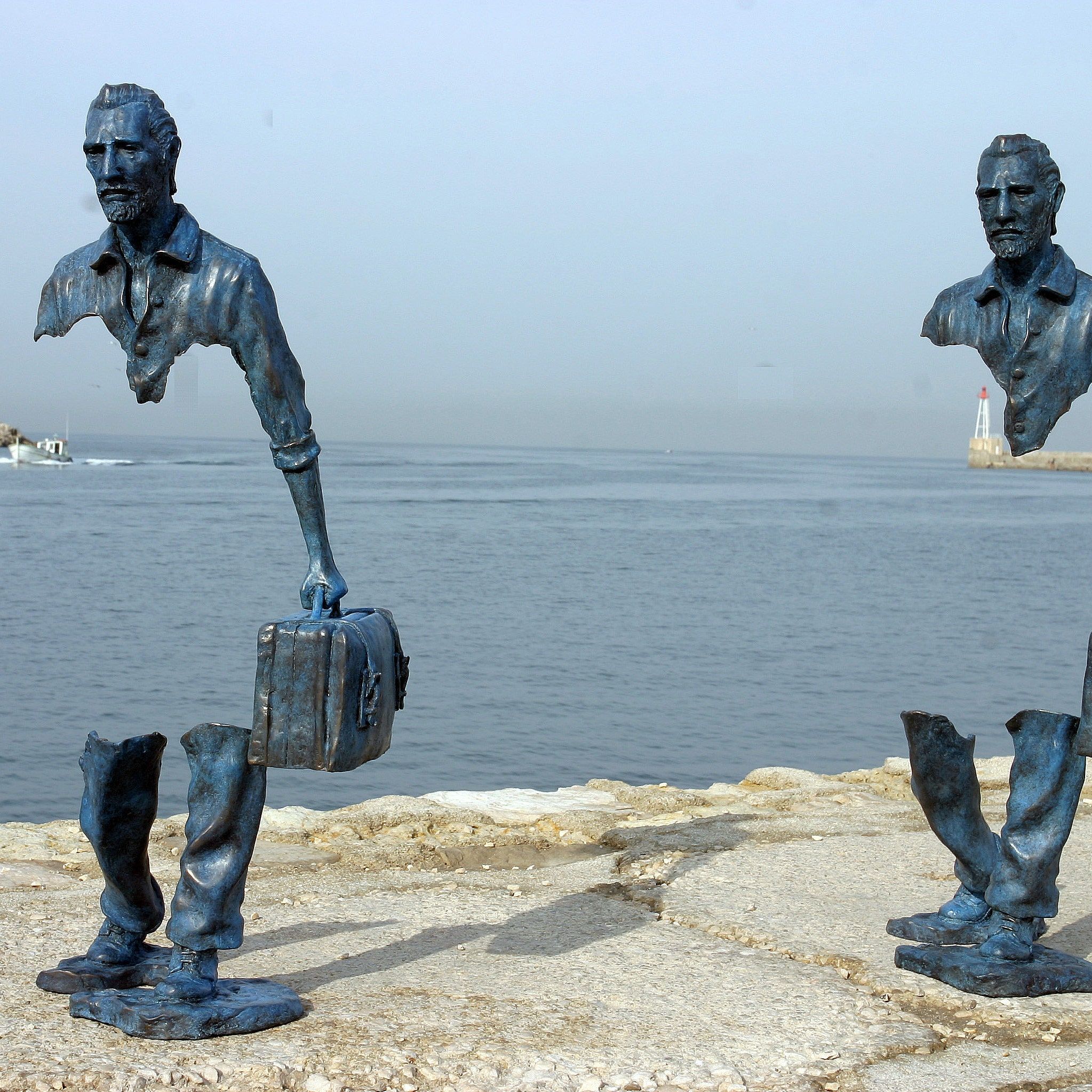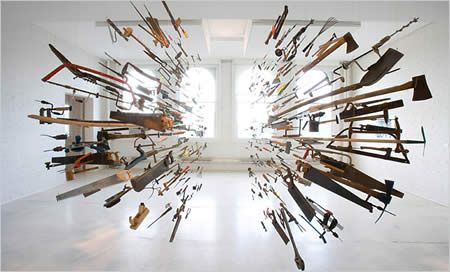Contemporary sculpture is no longer limited to traditional materials like stone, metal, and clay. In today’s digital age, technology has become an integral part of the sculpting process, allowing artists to explore new possibilities and push the boundaries of their creativity.
3D Printing Revolutionizes Sculpture
One of the most significant technological advancements in sculpture is the advent of 3D printing. This groundbreaking technology allows artists to create complex and intricate sculptures that would have been nearly impossible to achieve using traditional methods. With 3D printing, artists can design their sculptures using computer software and then bring them to life layer by layer, resulting in precise and detailed pieces that were once only possible in the realm of science fiction.
Virtual Reality and Augmented Reality
Virtual reality (VR) and augmented reality (AR) have also had a profound impact on contemporary sculpture. Artists can now use VR and AR technology to visualize their sculptures in a digital space before bringing them to life in the physical world. This allows for greater experimentation and innovation, as artists can test different designs and concepts without the constraints of physical limitations.
Interactive and Kinetic Sculptures
Technology has also enabled the creation of interactive and kinetic sculptures that respond to their environment or viewer. These sculptures can move, change shape, or even produce sound based on external stimuli, creating a truly immersive and multi-sensory experience for the audience. Artists are now incorporating sensors, motors, and other electronic components into their sculptures to achieve these dynamic effects.
Digital Tools for Sculpting
In addition to 3D printing and VR/AR technology, digital tools like computer-aided design (CAD) software and laser cutting machines have become essential for contemporary sculptors. These tools allow artists to manipulate and transform their designs with precision and efficiency, streamlining the sculpting process and opening up new possibilities for artistic expression.
The Future of Technology in Sculpture
As technology continues to advance at a rapid pace, the possibilities for contemporary sculpture are endless. From the integration of artificial intelligence and machine learning to the use of biodegradable and sustainable materials, artists are constantly exploring new ways to incorporate technology into their work and challenge our perceptions of what sculpture can be.
Conclusion
Technology has revolutionized the world of contemporary sculpture, offering artists new tools and techniques to experiment, innovate, and create. Whether it’s through 3D printing, VR/AR, interactive installations, or digital sculpting tools, technology has become an essential part of the sculpting process, shaping the future of this ancient art form in exciting and unprecedented ways.



